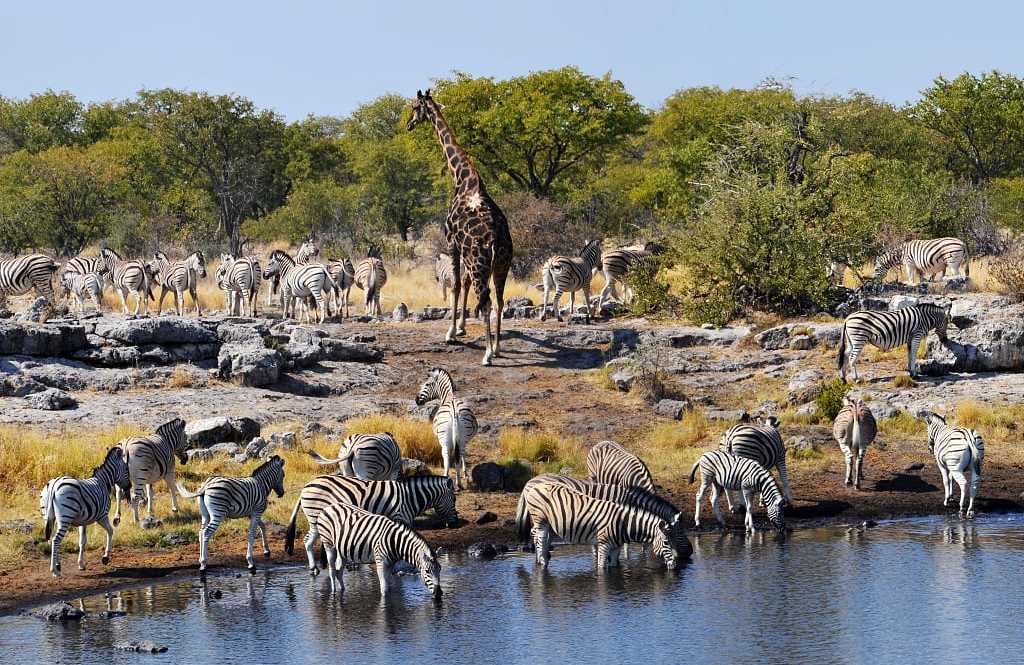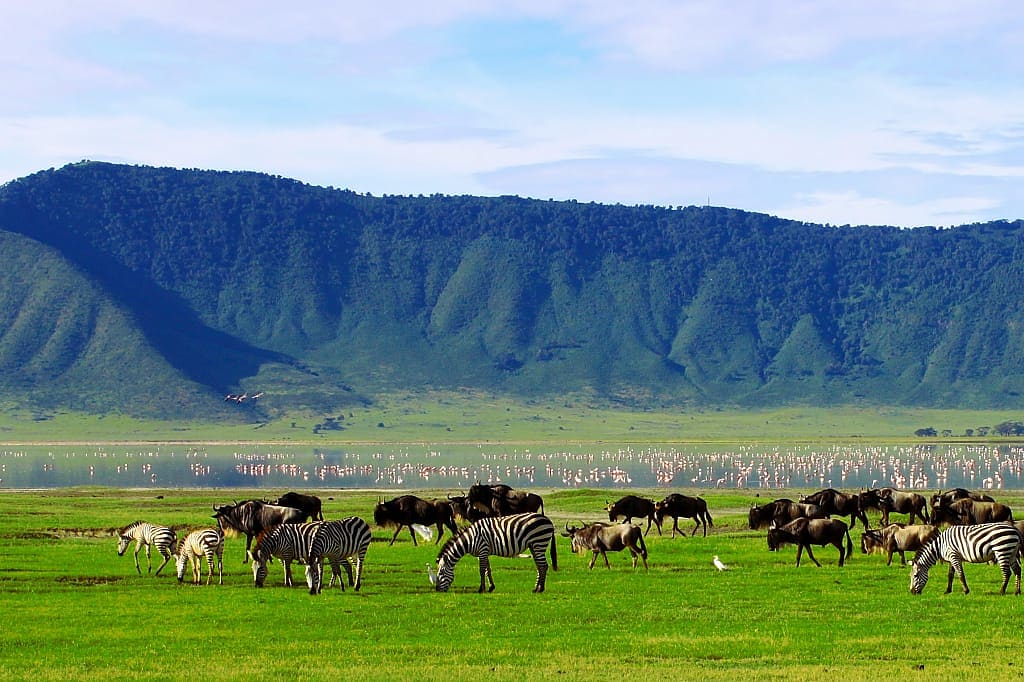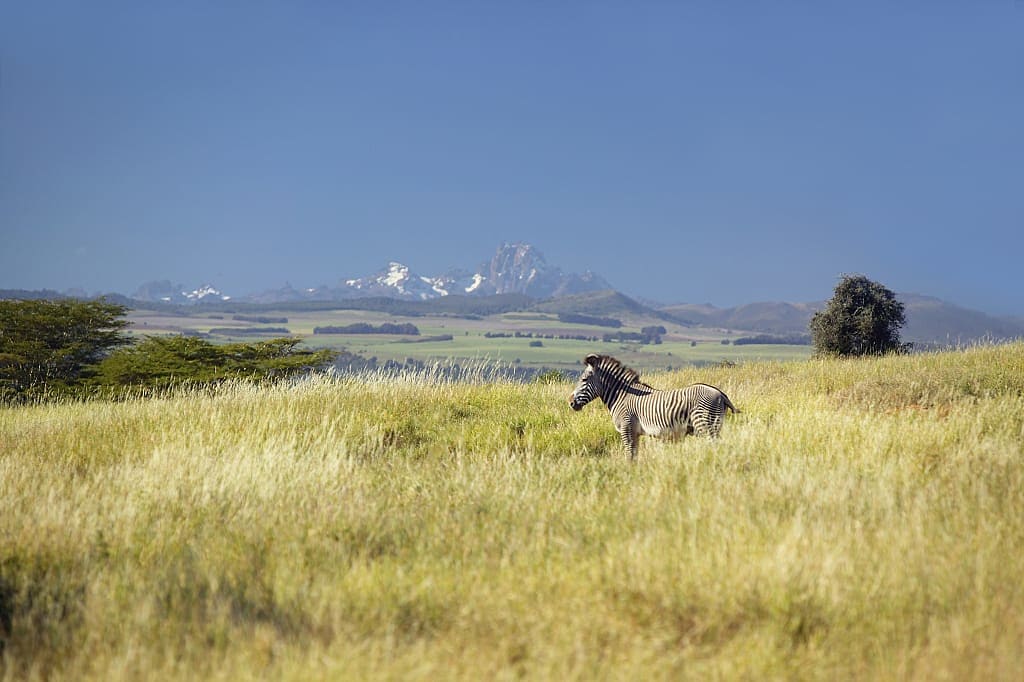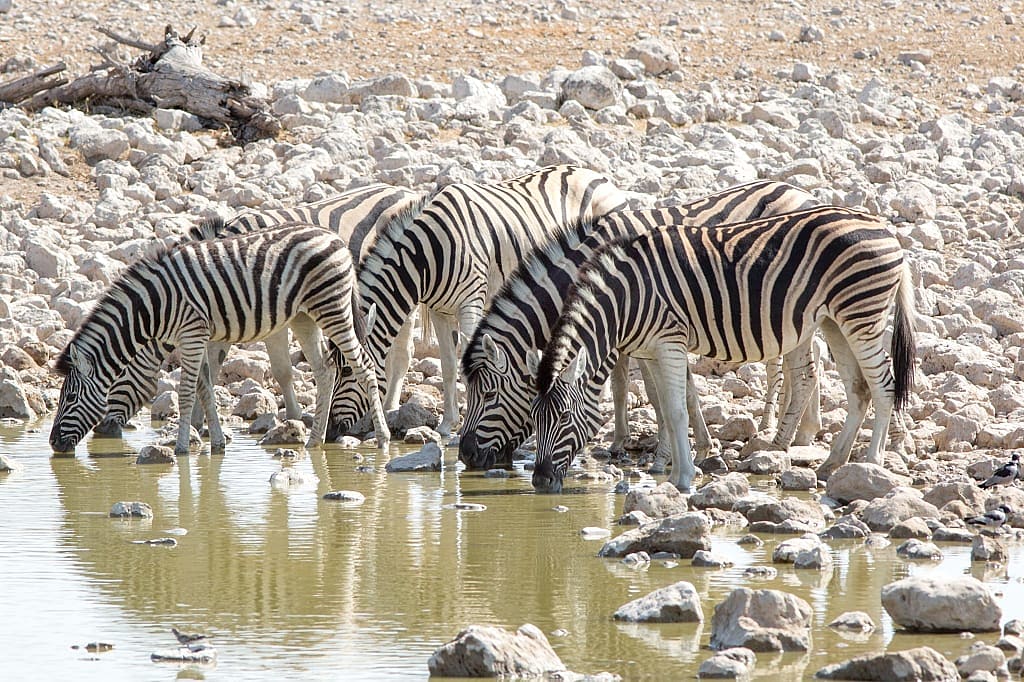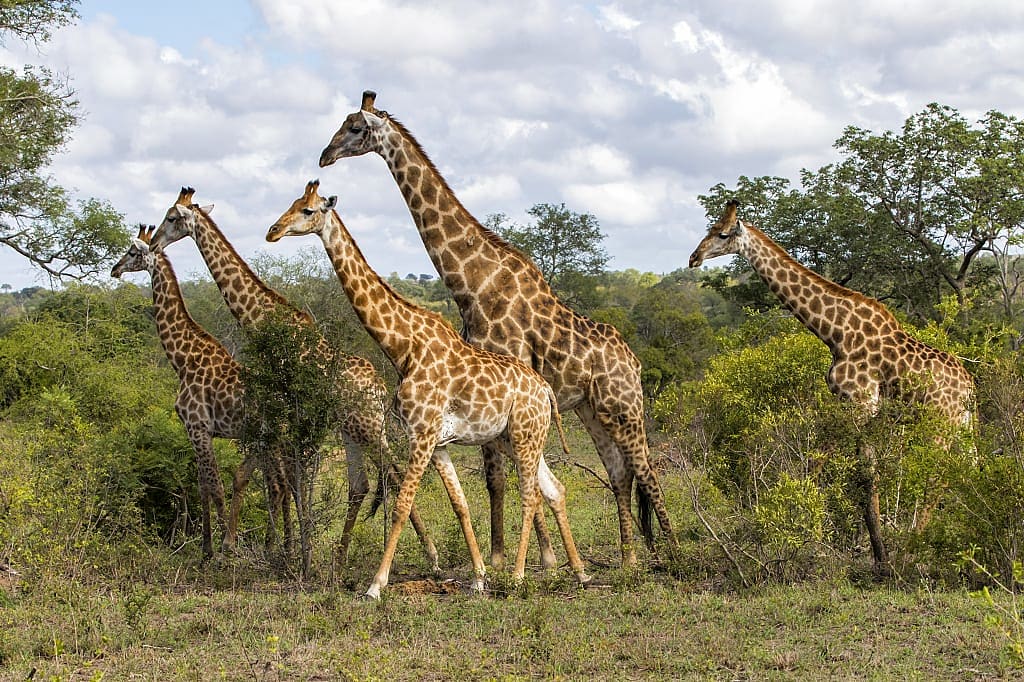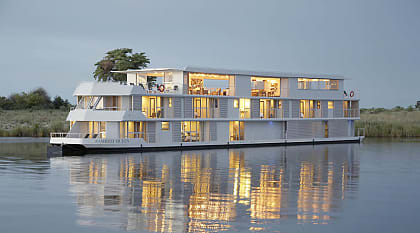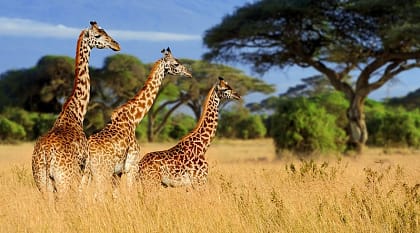Understanding why an area is not given national park status, but rather named a conservancy, is complicated, with financial or local community rights often being the reason. While the terminology varies across the continent, each country also has gazetted conservation areas that are managed by the government and could be called national reserves, wildlife concessions, conservation areas, or transfrontier conservation areas.
Unlike a national park, these conservancies are not afforded the highest level of conservation status. Local communities live amongst the wildlife, often in harsh conditions, with Maasai, Samburu, or San tribes being the most well-known. Kenya and Botswana maintain the equanimity between locals and wildlife through national reserves.
Conservation protects the natural environment from change. Permanent buildings are restricted, natural assets like forests and water are safeguarded, and the area is preserved from any industrial developments. Conservation areas vary in size, some helping preserve a tiny slice of land that was slowly getting encroached upon by human development.
Many conservation areas and reserves are integral in protecting the migration routes of famous species and the habitats of endangered characters. Others cross international boundaries and stretch across astonishing areas. For example, the almost 450,000km² of Kavango-Zambezi Transfrontier Conservation Area is spread across five African safari countries.
Wildlife and Safari Activities
National reserves and conservation areas generally don't have the same wildlife density as a national park. They could be seasonal places, home to huge herds for a couple of months of the year, then relatively empty once the seasons change. Unusual and endangered species may find a haven within a national reserve, flourishing within a protected natural habitat.
There is usually a diverse collection of smaller mammals, those that have an easier relationship with resident communities. This allows you to go beyond notions of the Big Five and admire the dramatic variety of life that has evolved on Africa's wild plains.
Protecting the natural landscape is a big element of conservation. Going off the trails tramples the grass and interrupts the growth of flora, and can interrupt the behavior of wildlife. Like in national parks, visitors can rarely venture off the trails, regardless of the safari activity. Human settlements and activity make the conservation balance even more precarious, and damaging one area makes the competition for natural resources even more intense.
Staying on the trail can lead to brief moments of frustration – you see something and want to get closer, but these moments are brief, as going on safari imbues an indelible respect for these raw, natural landscapes.
Accessibility and Accommodation
National reserves and conservancies are publicly protected spaces, accessible to anyone paying the entrance fees. These vary by reserve and are usually on a similar level to those at a national park. Some broader conservation areas don't require conservation fees and may be driven through as you travel between destinations. Admiring an elephant or giraffe beside the main road is sometimes as memorable as witnessing one up close in a famed national park.
Like national parks, this public access can make a national conservancy or reserve crowded at certain times of the year. However, crowded is always a relative term and the scale of these conservation areas can be baffling.
A mix of accommodations can be found in these reserves and conservation areas, some of them provided by government authorities. Sleep amongst the wild sounds at public camping spots, enjoy luxury lodges with swimming pools frequented by elephants, or savor temporary camps deep within the wilderness. At the more famous conservation areas, there's often a broad selection of accommodation outside the conservation boundaries. Across the continent, select reserves provide an intimate cultural experience amongst the wildlife, with the opportunity to sleep in rustic, traditionally designed accommodations.
Why Safari in a Conservancy?
Consider a cultural and wildlife experience in one, and a safari in a conservancy may be just what you are looking for. Take Kenya's Maasai Mara National Reserve, for example. It is not gazetted as a national park, allowing the traditional Maasai landowners to keep living on the land. Cross the unmarked border to Tanzania's Serengeti National Park and you won't find the tribe's iconic bomas or homesteads anywhere within the park.
This intricate and harmonious survival of people and wildlife is also part of the experience, wonderfully evoked when you see a group of cattle being herded through the same place you've recently seen elephants and lions. Local guides reveal the skills to understanding animal behavior, tracking the subtle clues through miles of raw landscape. They're experts at preserving the landscape and protecting their property.
These conservation areas are shared realms and offer a local understanding of how to coexist with nature's wildest characters. This often translates into thrilling walking safaris, with a local guide unraveling the clues within an environment. Spotting a buffalo print in the mud is impressive, but even more impressive is having the tracker or guide tell you the buffalo's size, sex, and exactly when it left the print.
Traditional game drives remain the mainstay of the safari experience and these might be possible after dark. Safari activities really vary by reserve, but there is often a little more choice than in a national park. Some conservation areas specialize in safari's bespoke activities, like canoe trips, horseback riding, or cycling.
Top Conservancies to Visit:
- Ngorongoro Conservation Area, Tanzania
- Maasai Mara Reserve, Kenya
- Samburu National Reserve, Kenya
- Central Kalahari Game Reserve, Botswana Lewa Wildlife Conservancy, Kenya
- Ol Pejeta Conservancy, Laikipia, Kenya
